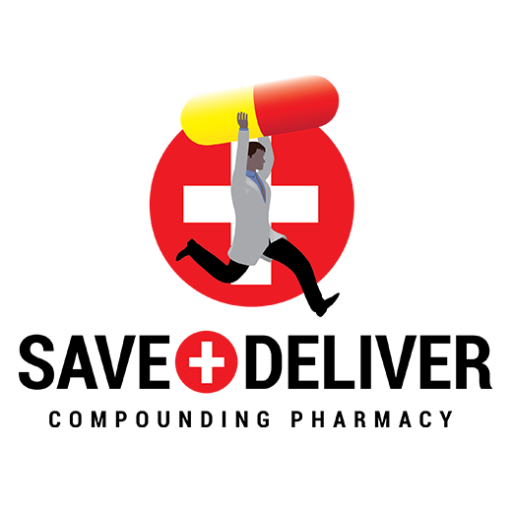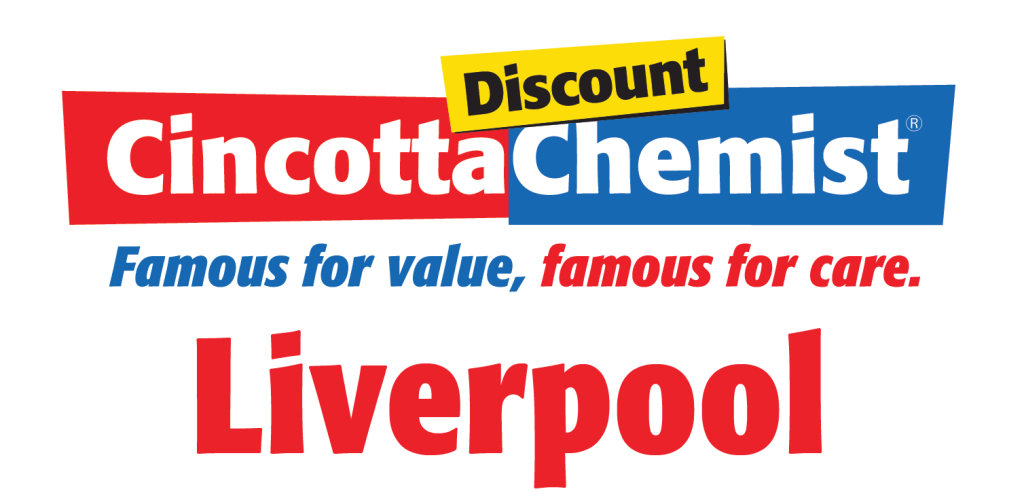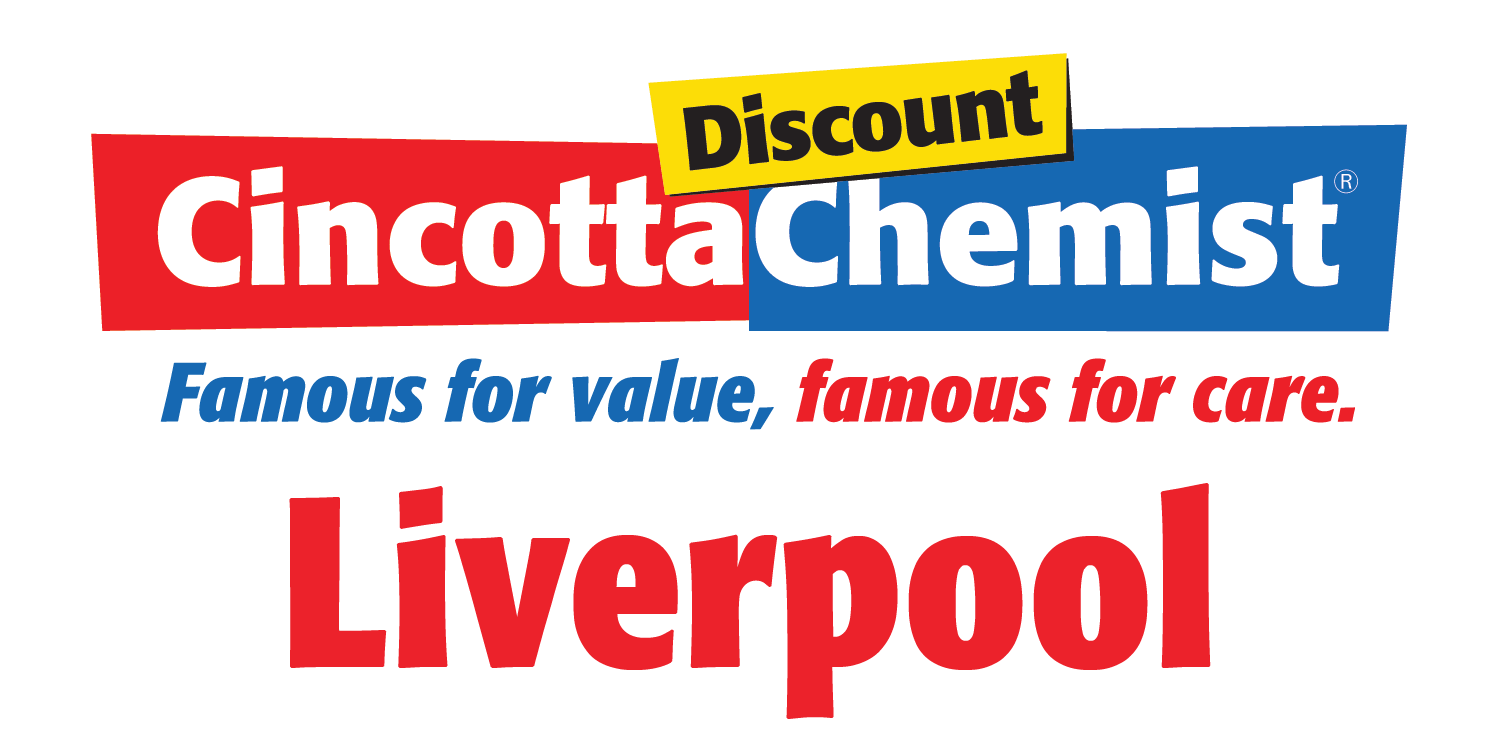Diabetes & Oral Medication: Types & How They Work
What are Oral Medication for Diabetes and How They Function
Oral diabetes drugs (taken by mouth) assist regulate blood sugar (glucose) levels in persons with type 2 diabetes whose bodies still produce some insulin. These medications are administered in conjunction with regular exercise and dietary adjustments. To obtain the best blood glucose control, many oral diabetic drugs can be taken in combination with one another or with insulin. Below medications will enable you to gain a better understanding of your medication. Always take your medicine exactly as directed by your doctor.
Insulin is a hormone that is generated by beta cells in the pancreas. Insulin aids the body’s energy utilisation of blood glucose (a form of sugar). Type 2 diabetes is caused by a lack of insulin production and/or a poor response to insulin by the body, resulting in high blood sugar levels. Oral diabetic drugs work in a variety of methods to bring blood sugar levels back into the normal range.
Diabetes is a disease in which the body’s blood glucose (or sugar) levels are too high. This occurs when your body is unable to produce or utilise insulin as it should. Insulin is a hormone that aids in the utilisation of sugar obtained from diet. Type 1 diabetes and type 2 diabetes are two separate forms of diabetes. Medications are required for people with either kind of diabetes to keep their blood sugar levels in check. The medicines you take are determined by the type of diabetes you have. This page will provide you with information about medicines that treat both forms of diabetes so you can get a better picture of your treatment options.
Sulfonylureas were the first oral diabetes medications. These function by increasing the amount of insulin produced by the pancreas. Chlorpropamide (Diabinese), which has been on the market for more than 50 years, is the oldest of these medications remaining on the market. Sulfonylureas of the second generation are taken once or twice a day. Glipizide (Glucotrol, Glucotrol XL), glyburide (Micronase, DiaBeta, Glynase), and glimepiride (Micronase, DiaBeta, Glynase) are some of them (Amaryl).
Meglitinides also encourage beta cells to produce more insulin. Before each of three meals, repaglinide (Prandin) and nateglinide (Starlix) are consumed.
Different Types of of Oral Medication for Diabetes
Insulin
Insulin is the most commonly prescribed drug for type 1 diabetes. Your body cannot produce insulin if you have type 1 diabetes. The purpose of treatment is to replenish any insulin your body is unable to produce. Insulin is also used to treat type 2 diabetes. It is administered through injection and comes in a variety of forms. The type of insulin you require is determined by the severity of your insulin deficiency.
Sulfonylureas
These drugs work by stimulating the pancreas to release more insulin, which lowers blood glucose levels. Sulfonylureas have been linked to an increased risk of cardiovascular disease death. Hypoglycemia is exacerbated by prolonged activity and alcohol consumption. To control blood sugar levels, patients having surgery or who have recently had trauma, stress, or infection may need to switch from a sulfonylurea to insulin. People who have renal or liver illness should be cautious.
Biguanides
These drugs lower the amount of glucose produced by the liver. It also enhances insulin sensitivity and delays the conversion of carbs to sugar in the body.
Thiazolidinediones
These drugs help insulin perform more effectively in the body by enabling more glucose to reach muscles, fat, and the liver. Thiazolidinediones have the potential to cause or worsen heart failure. Breathing problems, rapid weight gain, and fluid retention are all signs of heart failure.
Alpha-glucosidase inhibitors
These drugs reduce blood sugar by slowing food digestion and limiting glucose absorption in the small intestine. In order to limit the digestion of particular starches, they also block specific enzymes. In persons with intestinal illnesses such as inflammatory bowel disease or intestinal obstruction, alpha-glucosidase inhibitors should be avoided. These drugs may not be tolerated by those who have kidney disease.The first bite of each meal should contain alpha-glucosidase inhibitors.
Meglitinide
These drugs cause the pancreas to release more insulin, which lowers blood glucose levels. Because meglitinides have the potential to cause hypoglycemia, they should be given right before meals to reduce the risk of hypoglycemia. If a meal is missing, the medication dose should be avoided as well.
DPP-4 inhibitors
These drugs encourage your pancreas to produce more insulin after you eat. They also reduce the quantity of glucose that the liver produces. If you’re on a DPP-4 inhibitor and you have kidney problems, you may need to alter your dosage.
SGLT2 inhibitors
These medications operate by removing excess sugar from the body through the kidneys.
Bile acid sequestrant
In diabetic patients, bile acid sequestrants reduce cholesterol and blood sugar levels.
Dopamine agonist
The amount of glucose released by the liver is reduced by this medicine.


